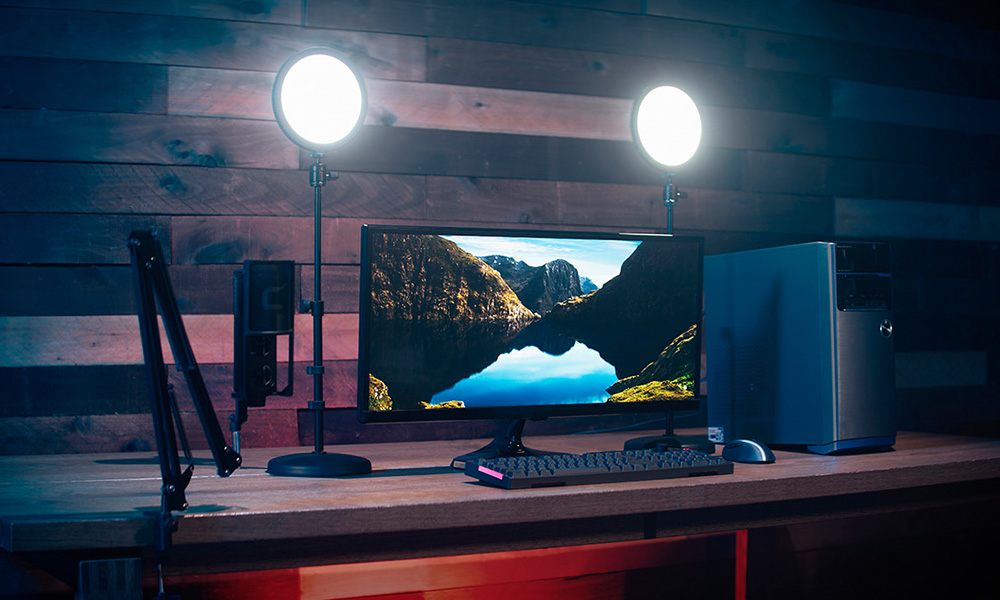
Setting up a home studio for production purposes, such as audio recording, calls for immense preparation. Unfortunately, it’s not as easy as setting up a microphone in the corner of the living room. At least, not if you’re looking for high-quality results. While there are many steps for creating such a workspace, these tips for setting up a home studio will break down three of the most critical steps of the whole process.
Set up Somewhere Spacious
First and foremost, find a place at home where you have ample space to work. Working in a severely cramped workspace will ultimately hinder your gear placement, desk set-up, and audio optimization.
Once you find a space that seems suitable, be precise with measurements to ensure you can add all the gear your productions call for, from mic stands to laptops and even acoustic panels. The bigger the room, the more space you have for expansion, even if your set-up is relatively simple.
Laptop or Desktop?
The computer you choose will be the centerpiece of the studio. All individual elements of your studio converge within that computer to create the final product.
However, the computer you choose depends on your production needs. Desktops are the best route for a truly professional set-up. Although desktops are larger in size, they provide better processing power. Plus, they offer you a wider capability for customization than laptops do.
From new video cards to extra RAM, investing in a good desktop provides a suitable device you can upgrade according to production needs. Laptops, however, have the right tools for putting together productions, while also offering an extra layer of mobility that desktops don’t. At the end of the day, invest in something that’s reliable and aligns with your production needs.
Design a Comfortable Workstation
Even if you have all the right technology in your home studio, working with it will be tough if your workstation is uncomfortable and inefficient. Invest in good workstation components such as an ergonomic chair and a high-quality desk that comes with all the bells and whistles you need to store your gear.
Not only do you need a workstation arrangement that offers physical comfort, but you also need one that makes sense for your equipment. Set up your gear in a way that makes it very convenient for you to work on one piece of equipment, then swiftly turn to another. The workstation should be the heart of your operation, so keeping all the essential components close together instead of randomly placing them throughout the studio is key.
By utilizing these tips for setting up a home studio, you can have the means to comfortably produce high-quality, professional content under your roof. Now that you know some of the essentials for getting the studio going, you can begin shopping for the gear to populate it.
At Ikan, we have a wide array of high-quality professional video accessories, from microphones to live streaming equipment and beyond. By purchasing equipment and accessories from reliable sources, you can ensure they’ll display the level of consistent quality you need to complete your projects.
